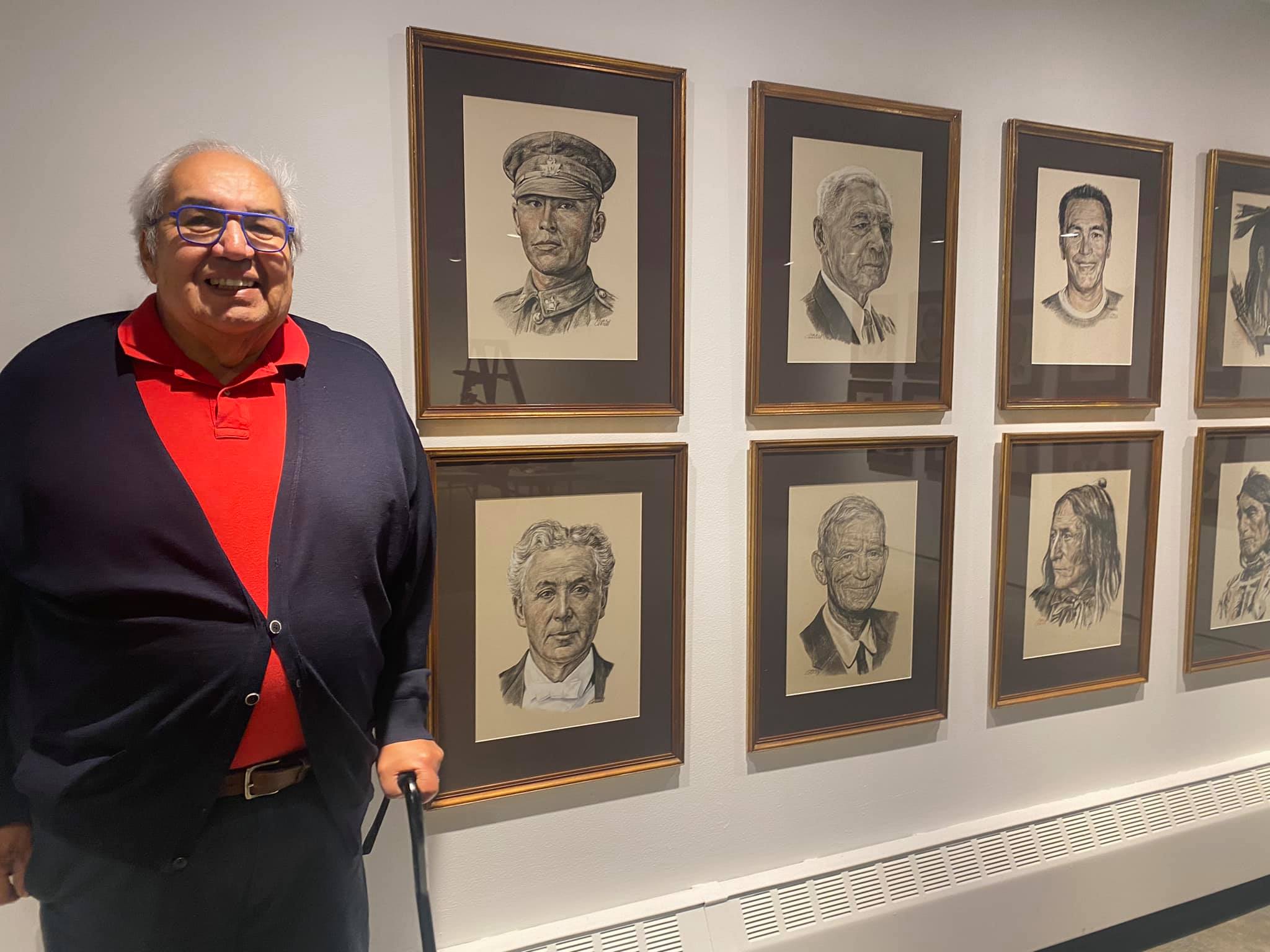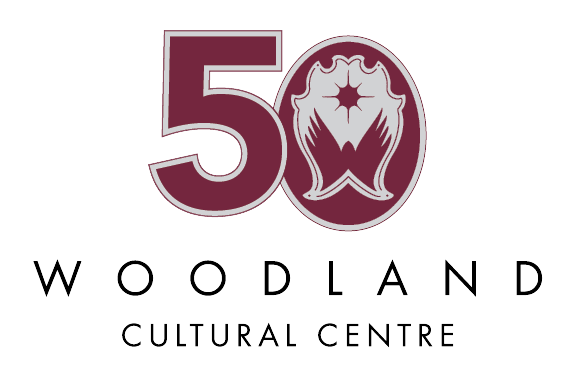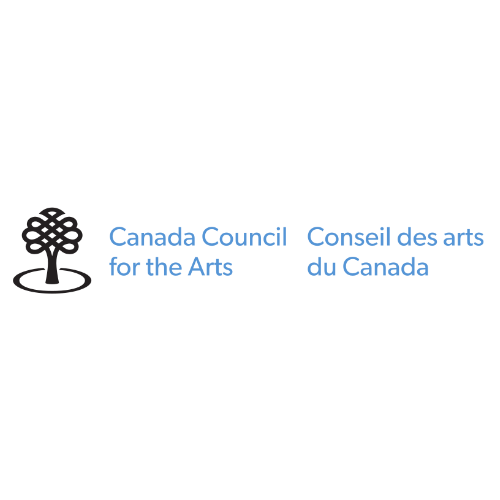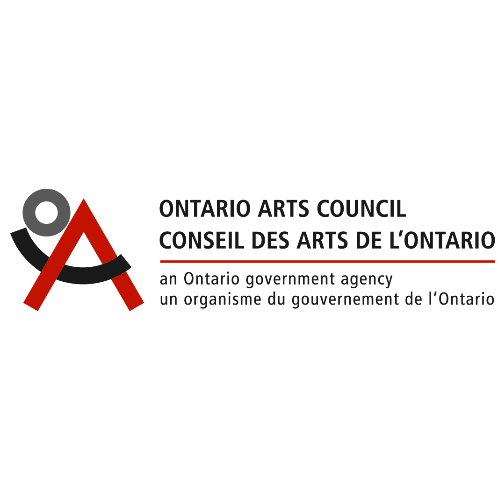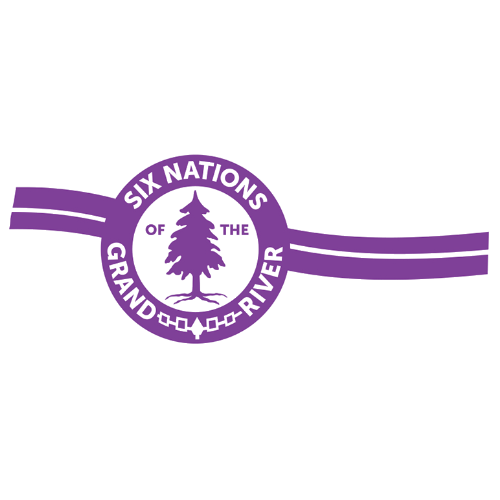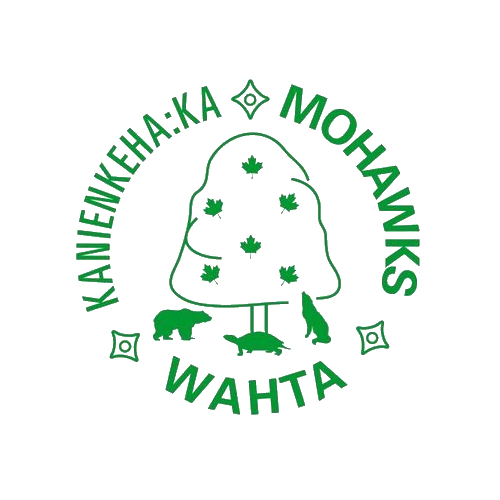Overview
About Us
The Woodland Cultural Centre (WCC) was established in October 1972, under the direction of the Association of Iroquois and Allied Indians upon the closure of the Mohawk Institute Residential School (MI). WCC’s focus began on collecting research and artifacts, to develop its library and museum collections, expanding to include the arts in 1975 and the language program in 1984. With over 50,000 artifacts in our Museum collection, the Centre is one of the largest facilities in Canada managed and administered by First Nations. The WCC serves to preserve, promote and strengthen Indigenous language, culture, art and history; bringing the story of the Hodinohsho:ni people of the Eastern Woodlands to life through innovative exhibitions and programs. As an organization with historic expertise and strong community connections, WCC has a key role to play in knowledge and learning through its program offerings, including museums, language, education, library and arts.
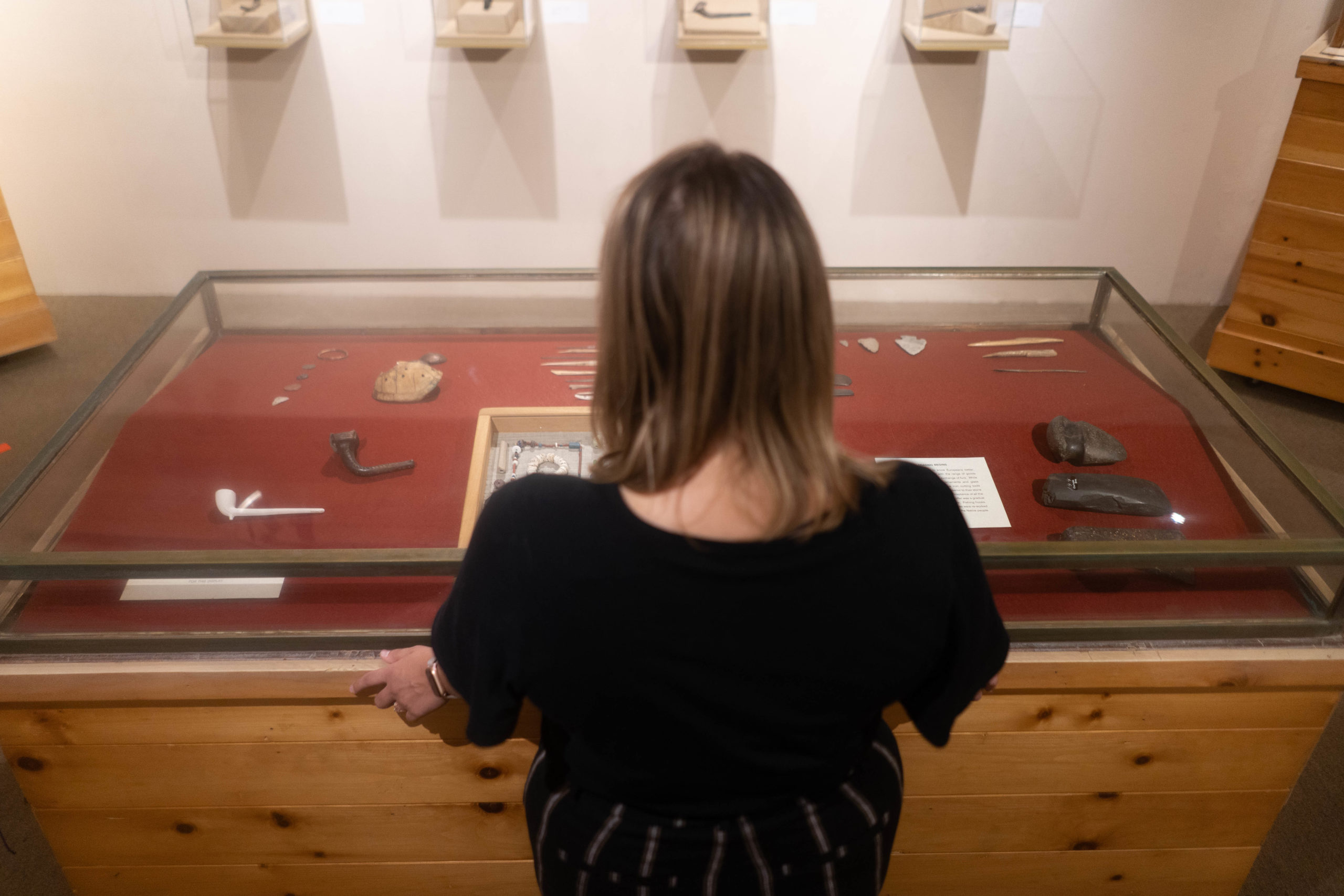
Vision
As a centre of excellence, Woodland Cultural Centre envisions a future where Hodinohsho:ni people will speak their language, know and practice their culture, and share their history.
Mission
Our mission is to protect, promote, interpret, and present the Hodinohsho:ni worldview.
Mandate
We will achieve our mission and vision by:
- Facilitating Indigenous and non-Indigenous understanding by providing education opportunities, producing innovative exhibitions, promoting local artists, and creating language resources
- Inspiring and engaging communities through the accessibility of the collection for present and future generations
- Fostering relationships with community-based organizations, academia, and cultural institutions to produce multi-disciplinary programming, strengthen oral traditions and language retention, and renewal of contemporary and traditional artistic practices
- Ensuring accurate documentation, education and promotion of the values, practices, language, national treasures and articles of Indigenous peoples
- Honouring Residential School survivors by ensuring Indigenous voices and perspectives are leading and defining reconciliation efforts
Values
The core values that guide WCC in its work are the cornerstone principles of the Great Law of Peace, an integral resource in Hodinohsho:ni philosophy, ways of knowing and conduct:
Skén:nen – peace (resolution, love, gratitude)
- The WCC recognizes that language is an important part of every stage of our lives, from the celebration of our birth to the Funeral Rites when we’ve gone home, but also the moments in between.
- The WCC builds an environment of kindness, as a safe space where we as First Nations people draw strength from our identity, spirituality, cultural practices, and our communities.
- The WCC agrees to approach issues with a good mind, fostering an atmosphere of open communication and understanding.
- WCC promotes cultural humility by demonstrating respect and support for the cultural diversity of our member communities, Indigenous peoples, and others. We will deliberate and plan by taking into account everyone’s situation and being sensitive to how different communities work.
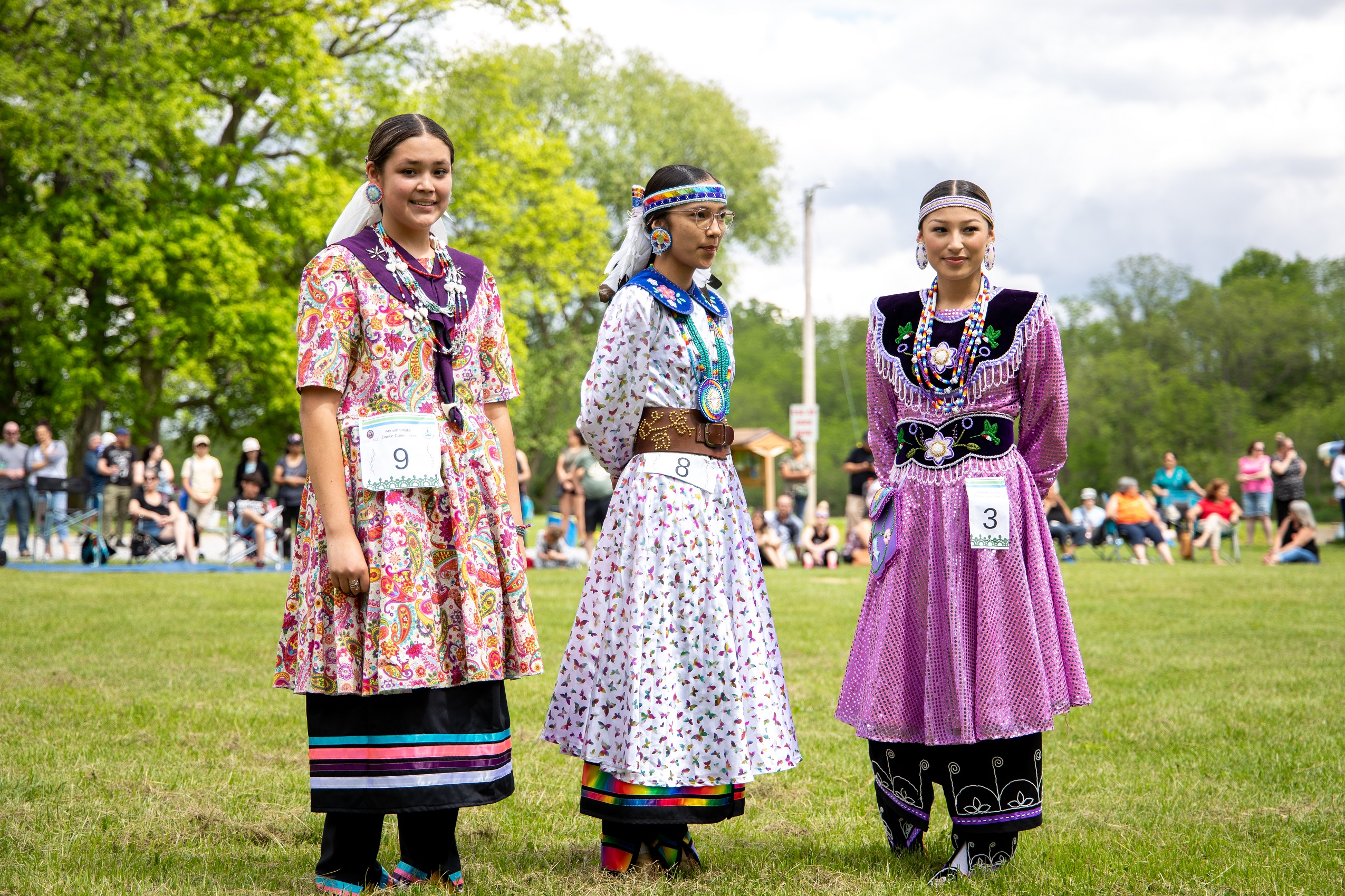
Ka’nikonhrí:yo – good mind (commitment, respect, responsibility)
- The WCC practices high standards of excellence and stewardship, promoting extensive research of cultural, historical and theoretical discourse that contributes to Indigenous Art History.
- The WCC has a responsibly protect and promote the tangible, intangible natural and cultural heritage, incorporating Indigenous knowledge and holistic approaches.
- The WCC values truth, which is demonstrated through openness, honesty, acceptance, and trust. We will work in compliance with rules we’ve set for ourselves, and uphold our commitments to each other, ensuring accountability to each other and the communities we serve.
- The WCC ensures intergenerational care and respect for elders, children and earth – our past, our future and what sustains us as a people.
Ka’satsténshsera – power/strength, to get things done (generosity, collective thinking)
- The WCC uses wise practices, community input, and traditional knowledge in their endeavours.
- The WCC fosters an atmosphere of open communication and understanding that encourages lifelong learning not only for both Indigenous and non-Indigenous people/patrons/learners.
- The WCC encourages empowerment and interdependence by supporting, mentoring and teaching each other.
- The WCC addresses issues in a timely manner, conducting ourselves with integrity and functioning as an effective and efficient business.
Artistic Vision
We are a presenter of our Indigenous artists, encouraging new works of contemporary art and presenting these works for the enjoyment of all audiences.
Our Core Values
- Present exemplary artistic works by Indigenous artists to the world
- Support our Indigenous artists at every level in their career
- Be a welcoming resource for artists, organizations, and the general public
- Contextualize works for the general public from an Indigenous perspective
Artist Support
We exist to present, encourage, and promote contemporary Indigenous art to all members of society. Showcasing the unique voice of Indigenous artists with exhibits that teach, provoke, and impact.
Our Team is working on gathering resources, grants, and all information that could help Indigenous Artists on their Journey.
We invite you to check out our new Artist Resource Page

Gallery Programming
The Woodland Cultural Centre has three exhibition spaces that rotate temporary contemporary art and historical exhibitions on a 3-month cycle:
- Tom Hill Gallery (1,680 sq. ft.)
- E. Judy Harris Gallery (660 sq. ft.)
- Stan Hill Gallery (100 sq. ft.)
The public programs and projects, provincial, national and international exhibitions are selected and developed in accordance with the year’s curatorial themes by the Artistic Director. A majority of the visual art exhibitions require a feasibility study and research phase which requires the development of the annual work plans. Some projects take three to five years before the planning phase can become written into the annual work plans and approved by the Board of Directors. The Centre has a three-year planning cycle which is essential to complete all phases of the planning for exhibitions. The Centre has included in our tasks to complete community evaluations and a needs assessment to assist us in our public programming to ensure the communities’ needs are met.
